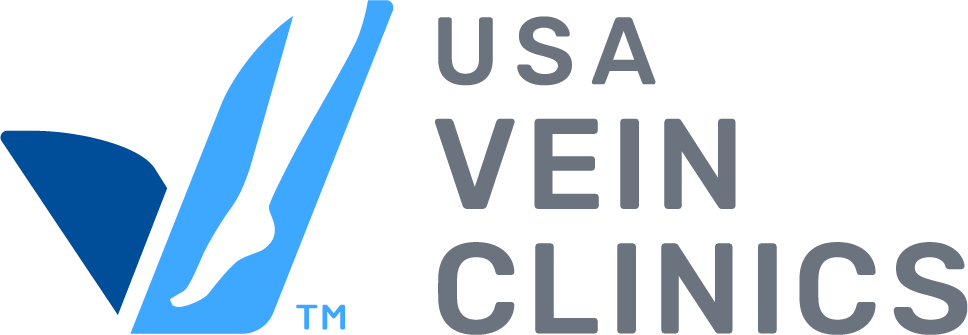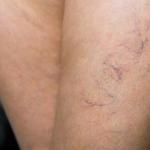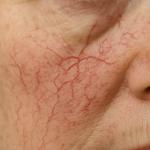
If you’ve spotted small red, blue, or purple veins just under the surface of your skin, you might be wondering: Do spider veins mean poor circulation? The short answer is—not always. While spider veins can be a cosmetic concern for many, they may also hint at early signs of underlying vein issues.
Let’s explore what spider veins really are, what causes them, and when they may indicate poor circulation.
What Are Spider Veins?
Spider veins, also known as telangiectasias, are small, visible veins that often appear in clusters, forming web-like or branch-shaped patterns on the legs, ankles, or face. They are caused by dilated or weakened blood vessels near the surface of the skin.
Unlike varicose veins, which are large, swollen, and often bulging, spider veins are usually flat and painless. However, they can still be frustrating, especially for those who feel self-conscious about how their skin looks.
What Causes Spider Veins?
Several factors can contribute to the development of spider veins, including:
-
Genetics: If your parents or grandparents had spider veins, you’re more likely to develop them too.
-
Hormonal changes: Pregnancy, birth control, and menopause can all affect blood flow and vein health.
-
Prolonged standing or sitting: Occupations that require long hours on your feet or at a desk can put extra pressure on your veins.
-
Age: As we age, vein walls and valves can weaken, making it easier for spider veins to form.
-
Sun exposure: Especially for spider veins on the face, UV rays can cause blood vessels to dilate and become visible.
Do Spider Veins Mean You Have Poor Circulation?
This is one of the most common questions patients ask: Do spider veins mean poor circulation? In many cases, spider veins are not a direct result of poor circulation. They are typically localized and superficial—meaning they affect veins close to the surface of the skin and do not always reflect how well blood is flowing deeper in the body.
However, spider veins can be an early sign of chronic venous insufficiency (CVI), a condition where blood has trouble flowing back up toward the heart. CVI often causes larger symptoms like varicose veins, swelling, heaviness in the legs, and aching or cramping. If spider veins appear alongside these other symptoms, they may indeed point to circulation issues that need medical attention.
Signs Your Spider Veins Could Be Related to Circulation Problems
While spider veins alone don’t always indicate a serious condition, you should talk to a specialist if you experience any of the following symptoms along with them:
-
Swelling in your ankles or legs
-
Heaviness or fatigue in your legs, especially at the end of the day
-
Aching, throbbing, or itching near the veins
-
Restlessness in the legs
-
Skin discoloration or changes in texture
These may suggest your body is struggling with proper blood flow, and a vein evaluation could help rule out or confirm poor circulation.
How Are Spider Veins Treated?
Whether they’re purely cosmetic or connected to a deeper issue, spider veins are treatable. Modern, minimally invasive procedures like sclerotherapy or laser therapy can eliminate spider veins with little to no downtime. If poor circulation is a factor, your vein specialist may also recommend lifestyle changes, compression therapy, or additional vein treatments to improve your overall vascular health.
When to See a Vein Specialist
If you’re concerned about spider veins or wondering if they could be linked to a circulation problem, it’s always a good idea to consult a vein specialist. A simple vein screening or ultrasound can provide insight into your vein health and help you understand the root cause of your symptoms.
Early diagnosis can help prevent complications down the line and improve both your comfort and confidence.
Conclusion: Do Spider Veins Mean Poor Circulation?
Do spider veins mean poor circulation? Not necessarily—but they shouldn’t be ignored. While many spider veins are harmless and cosmetic, they can sometimes indicate early signs of circulatory issues like chronic venous insufficiency.
The best way to know for sure is by scheduling a consultation with a vein expert. Whether you’re looking to improve the appearance of your skin or protect your long-term health, there’s help available—and you don’t have to live with the discomfort or uncertainty.
Concerned about spider veins or poor circulation?
Find out what’s really going on beneath the surface. Contact USA Vein Clinics today to schedule your vein consultation and take the first step toward healthier legs.





